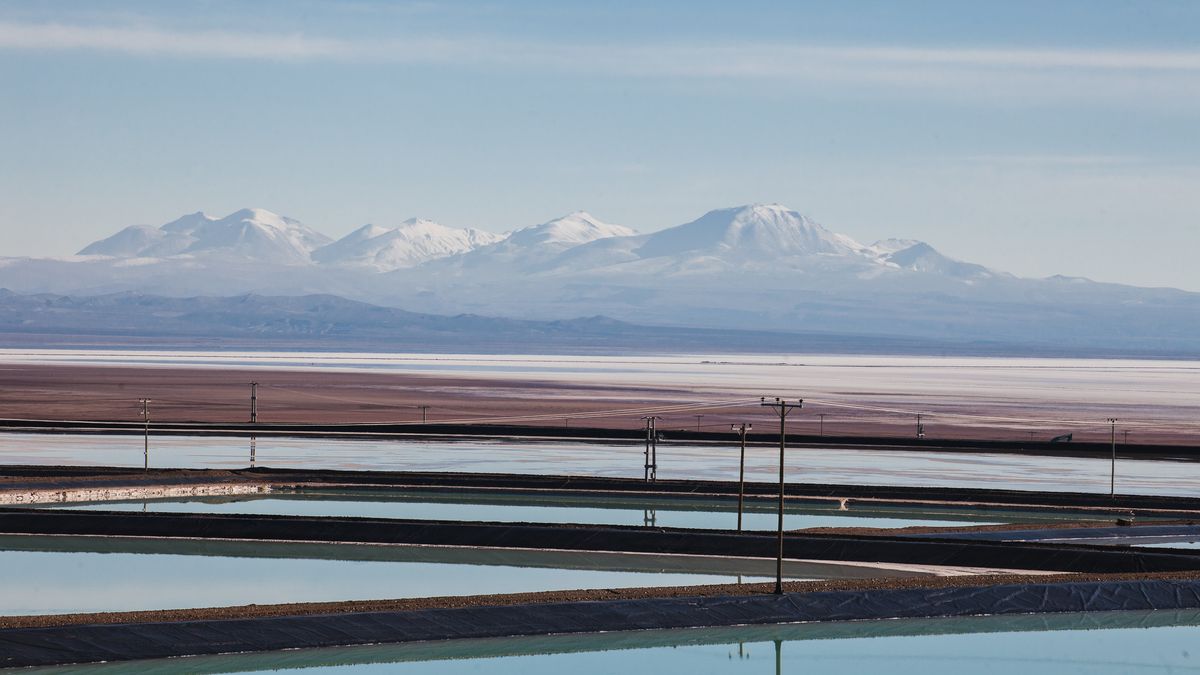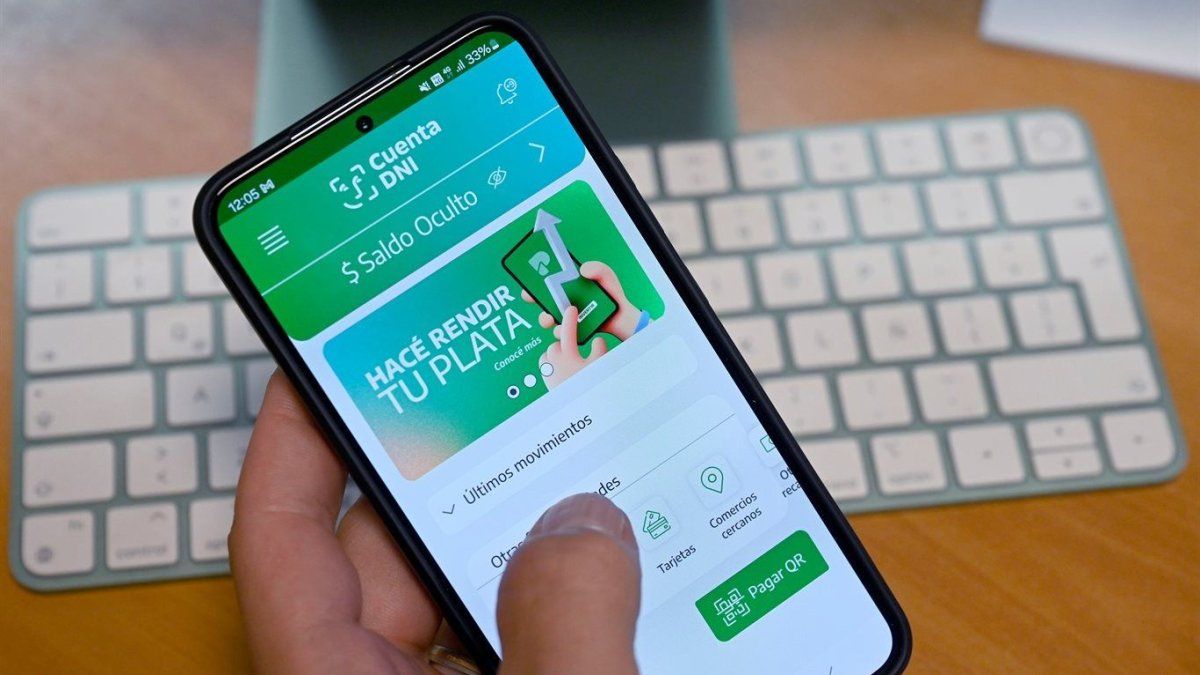Lithium projects are becoming a reality and it is already beginning to be seen in the figures. This Tuesday, the Australian Allkemwhich exploits the mineral in Jujuy, announced that The first production of Olaroz II was completed, the project that is part of its expansion stage. Another milestone was also reached in June: for the first time in seven years, started producing a new lithium mine in Argentina.
Sources from the Ministry of Mining assured Ámbito that they estimate that 2023 concludes with 50% more production in quantity of tons. For the first half of 2024, they expect another four projects to start up, which will mean tripling the production of 2022.
New projects in Jujuy
This Tuesday, the company Sales de Jujuy, which has its industrial plant in the Salar de Olaroz, in Jujuy, announced that it has completed the first stage of the production of Olaroz II, the expansion project of the mine, managed by the Australian Allkem, and in part also by Toyota, and the Jujuy state company Jemse.
“We are very proud to have reached the milestone of the first production of Olaroz II, which proves the operational feasibility of the carbonation process,” said Allkem CEO and Global Head, Martín Pérez de Solay. “This achievement demonstrates the expertise of our team that will now focus on completing the commissioning to reach full capacity,” he added.
Sales de Jujuy began exporting in 2016, with the Olaroz I project. The importance of Olaroz II lies in the fact that it will more than double its annual production. When Olaroz II is at full capacity, the company’s highest purity lithium carbonate output will increase by 25,000 t/y, bringing total production capacity to 42,000 t/y.
The Olaroz II expansion project began at the end of 2019 and involved a total investment of $425 million. It meant the construction of 15 new brine extraction wells, 31 evaporation basins, three lime plants, a reverse osmosis water plant, a chemical discharge plant, a 47-kilometer aqueduct with its respective pumps, a soda ash and a carbonation plant.
The total production of technical grade lithium carbonate will be exported in its entirety, and used as raw material in the Naraha plant that Allkem and Toyota have in Japan.
projections
Last month also saw another milestone for lithium in Argentina. The Exar mining company, owned by China’s Ganfeng and Canada’s Lithium Americas, came online, which meant the start-up of the third deposit that Argentina has in operation. In the Cauchari-Olaroz project, also in Jujuy, it made its first production of lithium of inferior quality to that of a battery. When the stage of increasing production capacity ends, it aims to produce 40,000 tons per year. Then, it has an expansion stage in the pipeline, for at least another 20,000 tons.
In this way, sources from the Ministry of Mining, which leads Fernanda Avilathey foresee that By the end of 2023, lithium production will have increased by at least 50% in just one year, and reach 60,000 tons. In 2022 there were almost 38,000 tons, between what was produced in Sales de Jujuy and in the US mining company Liventin his Fénix project in the Salar del Hombre Muerto, in Catamarca.
However, the great leap could take place in 2024, when the production of 2022 could triple and reach 120,000 tons. According to the portfolio that depends on the Ministry of Economy, it would arrive with 4 projects that would be launched in the first quarter of next year: Tres Quebradas, from the Zijin company, in Catamarca; Centenario Ratones, from Eramine, in Salta; Sal de Oro, from the South Korean POSCO, in Salta and Catamarca; and Mariana from the Chinese company Ganfeng in Salta.
Source: Ambito




